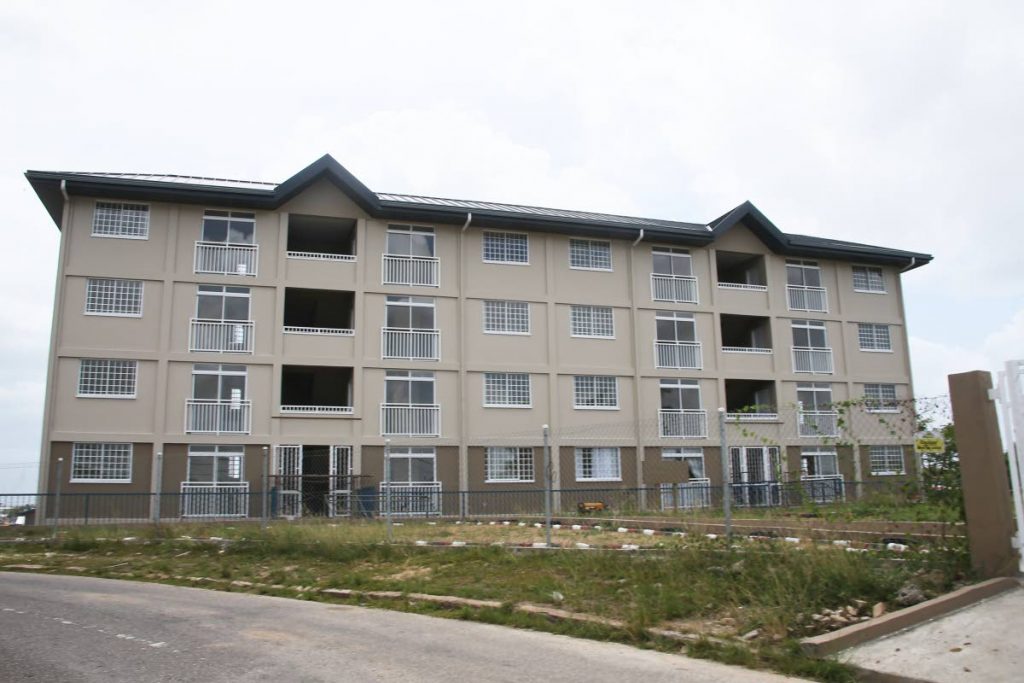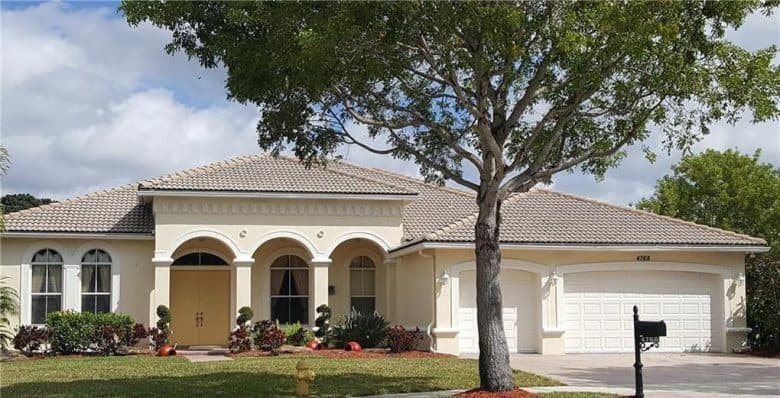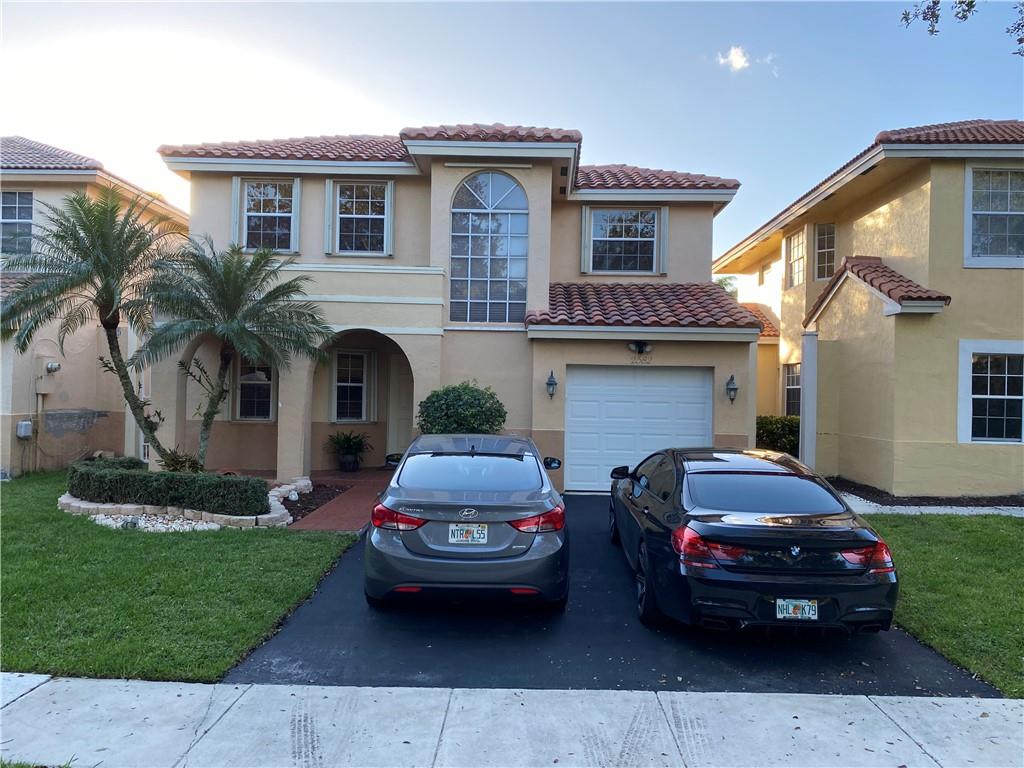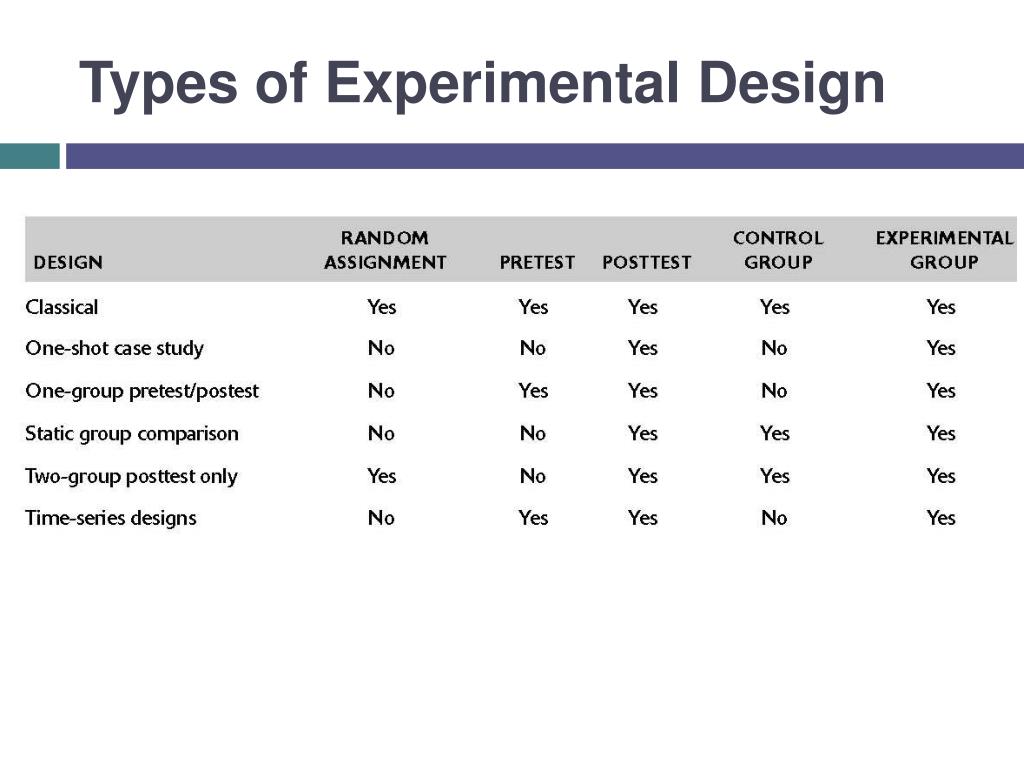Table of Content
For a given amount and interest rate, a longer term will have lower monthly payments, but will charge more total interest over the life of the loan. Use this home equity loan calculator to see if a lender might give you a home equity loan and how much money you might be able to borrow. As you build equity, you may be able to borrow against it. Both HELOCs and home equity loans involve putting your home on the line as collateral, so they tend to offer better interest rates than unsecured debt such as a personal loan or credit card. The results will compare your new home equity loan payments to the monthly cost of the old debts, the effective interest rate, and the total monthly payment on those debts.
At the end of your Draw Period, you will enter the Repayment Period. The Repayment Period is the time during which you make monthly principal and interest payments to gradually pay off your balance. Due to current market conditions, we are temporarily suspending new applications for home equity lines of credit. Finder.com is an independent comparison platform and information service that aims to provide you with the tools you need to make better decisions.
Business
You understand that you are not required to consent to receiving autodialed calls/texts as a condition of purchasing any Bank of America products or services. Any cellular/mobile telephone number you provide may incur charges from your mobile service provider. Payments on a home equity line of credit are based on the total amount you withdraw.

Homeowners insurance is a type of property insurance. It protects you from damage to your home or possessions. Homeowners insurance also provides liability insurance against claims by people who might be injured due to accidents in your home or on the property. Home equity Talk to a lender to see how much you can access. Home equity rates Compare rates based on your desired loan amount.
HELOC & Home Equity Loan Qualification
When this will happen depends on amortization, any prepayments you make and future home-price appreciation. For this calculation, if you have been making any prepayments on your loan, we assume they will continue. New HELOC - Apply for a new HELOC to replace the old one. This allows you to avoid that principal and interest payment while keeping your line of credit open. If you have improved your credit since you got the first HELOC, you might even qualify for a lower interest rate.
Homeowners who had up to $1 million in mortgage debt before the new tax law was passed will still retain the old limit even if they refinance their homes. If you are not consolidating old debts into your home equity loan, just enter zeros in the top row of the calculator then enter your equity loan information just above the calculate button. The average 30-year fixed-refinance rate is 6.67 percent, down 1 basis point from a week ago. A month ago, the average rate on a 30-year fixed refinance was higher, at 6.91 percent. Our experts have been helping you master your money for over four decades. We continually strive to provide consumers with the expert advice and tools needed to succeed throughout life’s financial journey.
Remodeling Calculators
HELOCs are variable-rate loans, which means your interest rate will adjust periodically. In a rising-rate environment, this could mean larger monthly payments. Bankrate is compensated in exchange for featured placement of sponsored products and services, or your clicking on links posted on this website. This compensation may impact how, where and in what order products appear.
When your LTV is high, it means your equity is low, and lenders will be reluctant to let you borrow against it. This may influence which products we review and write about , but it in no way affects our recommendations or advice, which are grounded in thousands of hours of research. Our partners cannot pay us to guarantee favorable reviews of their products or services. To calculate your home’s equity, divide your current mortgage balance by your home’s market value. For example, if your current balance is $100,000 and your home’s market value is $400,000, you have 25 percent equity in the home.
Demystifying Home Equity Lines of Credit
315 year fixed—180 monthly payments of $9.84 per $1,000 borrowed, up to 80% LTV. 210 year fixed—120 monthly payments of $11.61 per $1,000 borrowed, up to 80% LTV. 15 year fixed—60 monthly payments of $19.33 per $1,000 borrowed, up to 80% LTV. Your loan-to-value ratio is a percentage that indicates how much equity you have in your home.
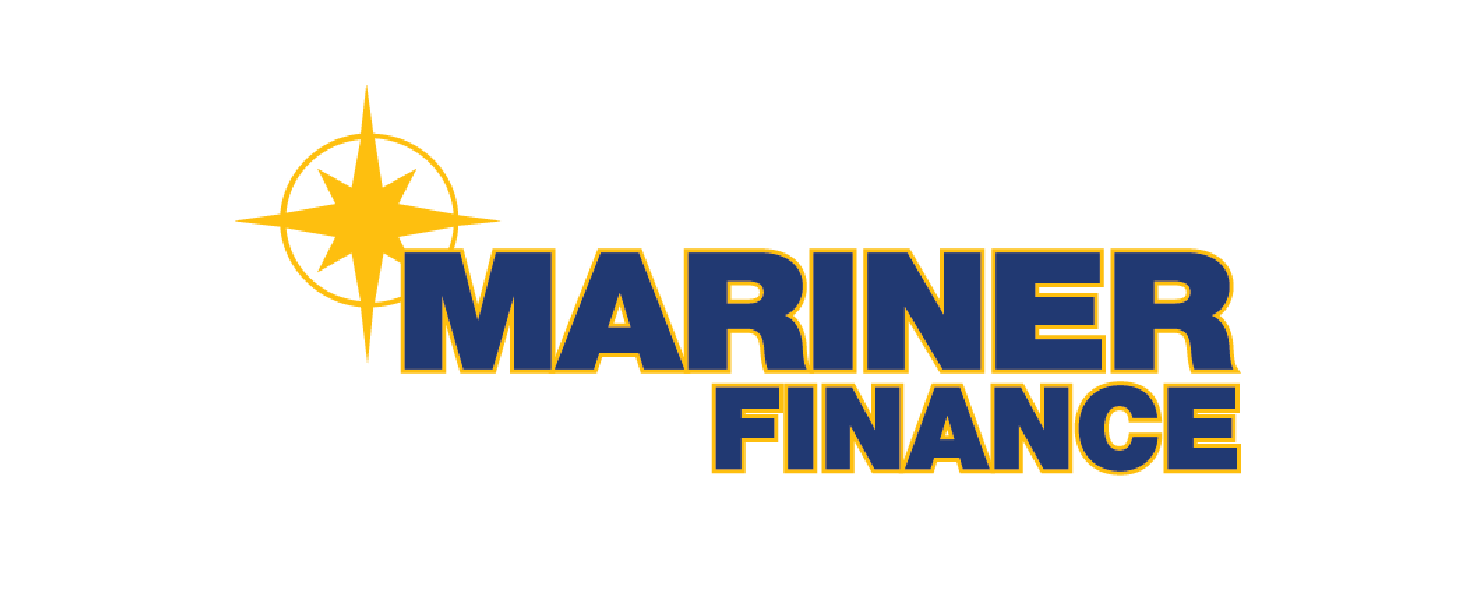
You have the option to choose a minimum monthly payment of 1% or 2% of your outstanding balance, though some may qualify to make interest-only monthly payments. The minimum monthly payment shown in your results reflects interest-only monthly payments. The Veterans Affairs Department is an agency of the U.S. government. A VA loan is a mortgage loan that is available to current and former members of the military , issued by banks and other commercial lenders, but guaranteed by the VA against a borrower’s default.
A home equity loan or home equity line of credit both allow you to borrow against your ownership stake in your home, or your equity. The equity is the difference between what you still owe on your mortgage and what your home is worth. Generally, the interest rates on home equity products are lower compared to other forms of financing like credit cards. Home equity loans come with fixed rates and a lump sum, while HELOCs come with variable rates (and sometimes a fixed-rate conversion option) and a revolving credit line. Home equity loans are just like a traditional conforming fixed-rate mortgage. They require a set monthly payments for a fixed period of time where a borrower is lent a set amount of money upfront and then pays back a specific amount each month for the remainder of the loan.
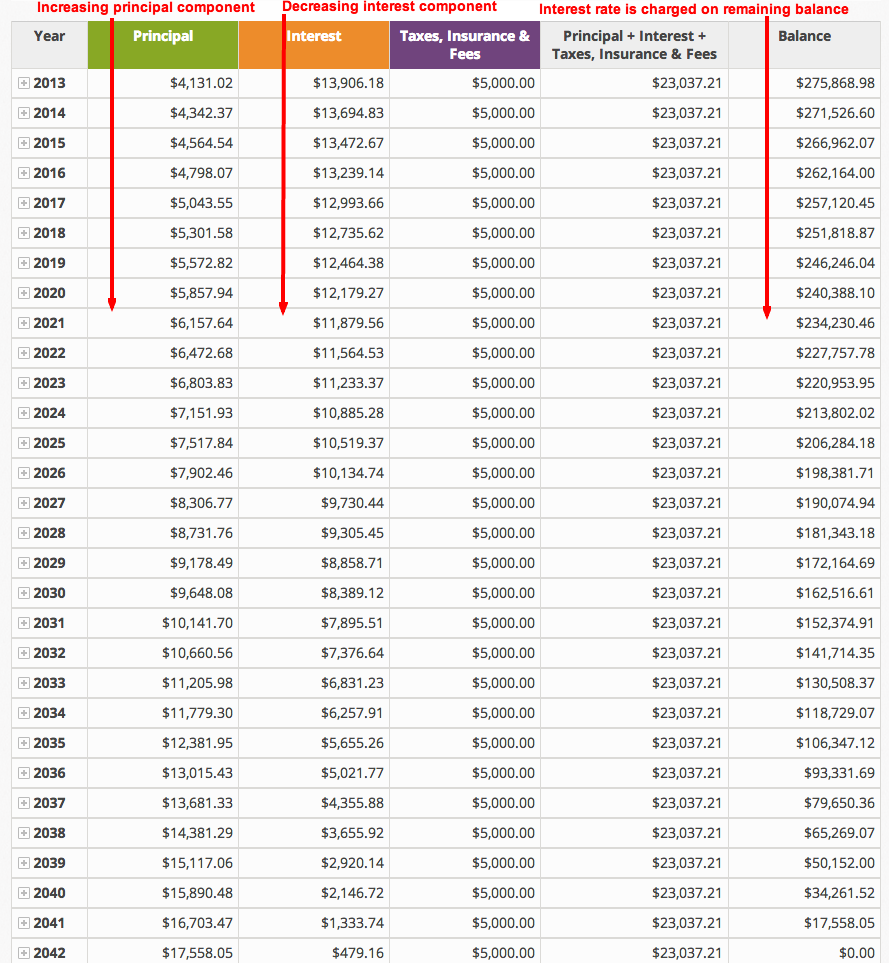
For loan amounts of up to $250,000, closing costs that members must pay typically range between $300 and $2,000. The closing costs depend on the location of the property, property type, and the amount of the Equity loan. Rates are subject to change—information provided does not constitute a loan commitment. In contrast, a HELOC is a revolving line of credit that taps your home equity up to a preset limit. HELOC payments aren’t fixed, and the interest rate is variable. You can draw as much as you need, up to the limit, during the draw period, which can last as long as 10 years.
Bankrate.com does not include all companies or all available products. When borrowing large sums of money many borrowers choose cash out refi rather than a home equity loan. Monthly payments on a 10-year fixed-rate refi at 6.12 percent would cost $1,116.24 per month for every $100,000 you borrow. That hard-to-swallow monthly payment comes with the benefit of paying even less interest over the life of the loan than you would with a 15-year term.
Additionally, once the draw period ends borrowers are responsible for both the principal and interest. This steep rise in the monthly HELOC payment can be a shock to borrowers who were making interest-only payments for the first 10 or 15 years. Sometimes the new HELOC payment can double or even triple what the borrower was paying for the last decade.
